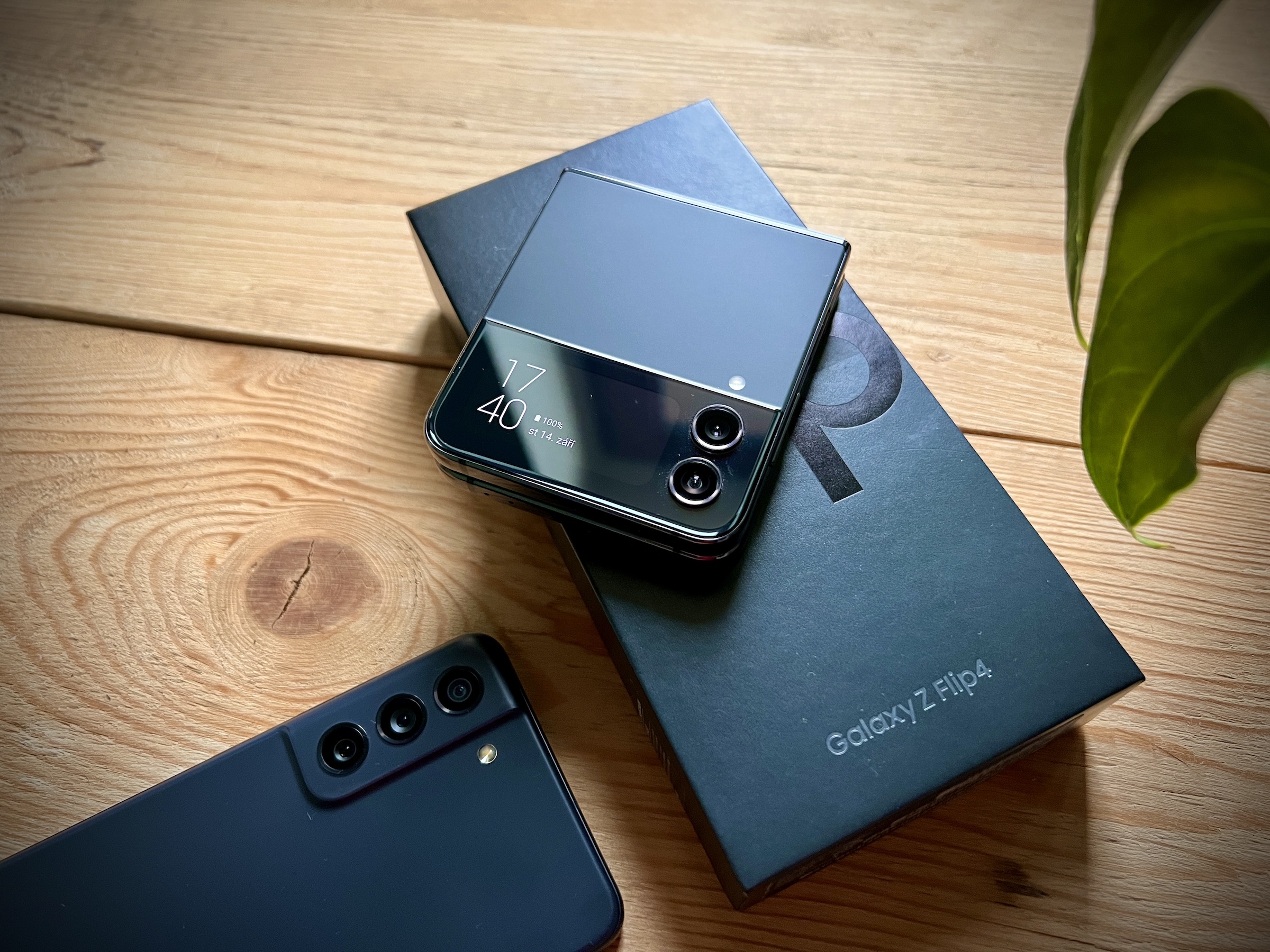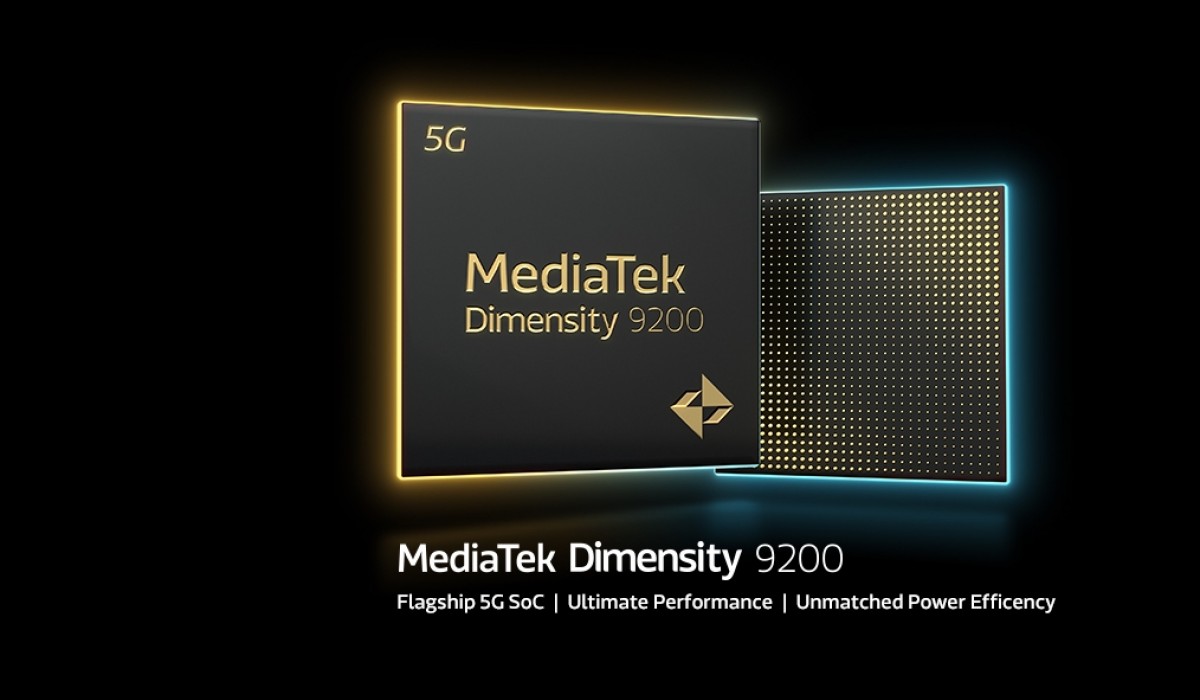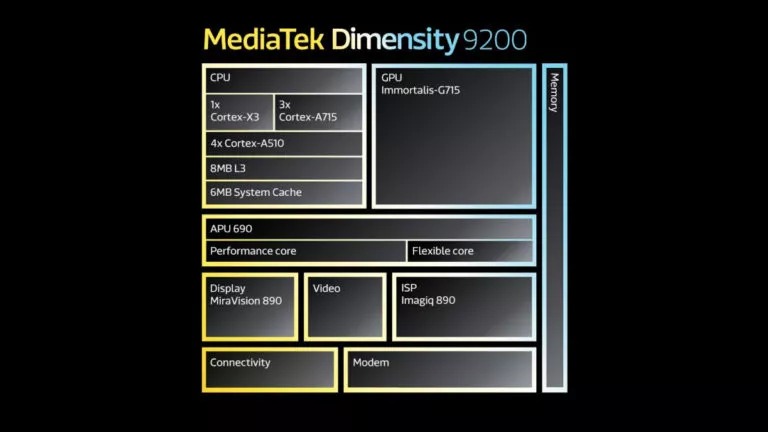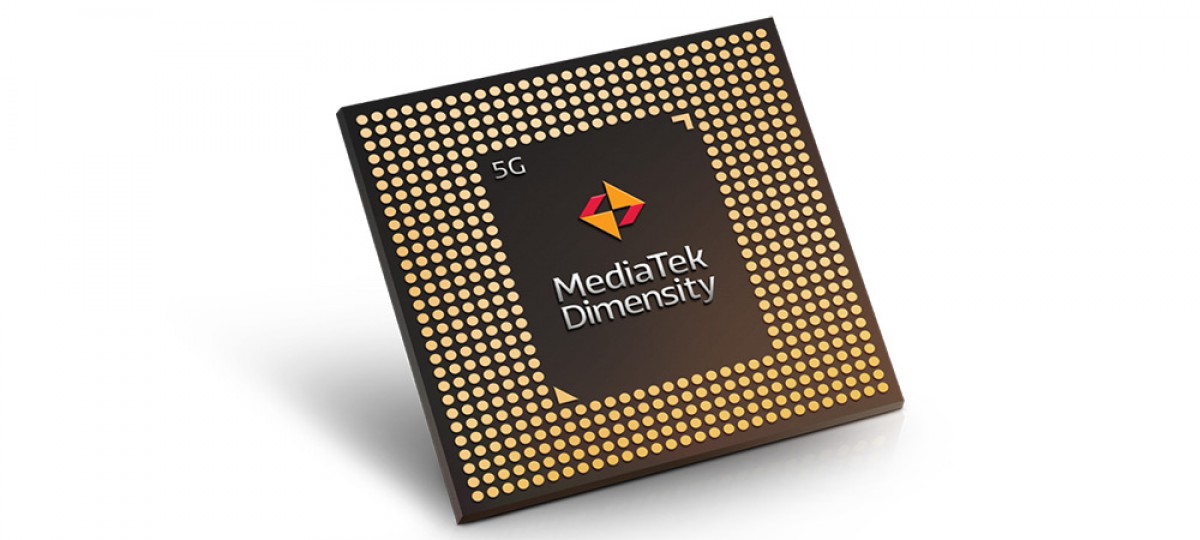MediaTek launched a new flagship chipset Dimensity 9200. It is the first mobile chip that has a super powerful Cortex-X3 processor core and is built on the ARMv9 architecture, and also boasts support for ray tracing (the first chip to bring this technology to the mobile world Exynos 2200).
In addition to the main Cortex-X9200 core (clocked at 3 GHz), the Dimensity 3,05 processor unit consists of three powerful Cortex-A715 cores with a frequency of 2,85 GHz and four economical Cortex-A510 cores with a clock speed of 1,8 GHz. The chipset is manufactured using TSMC's 2nd generation 4nm process (N4P). Graphics operations are handled by the Immortalis-G715 chip, which, in addition to ray tracing, supports the Variable Rate Shading rendering technique. Compared to its predecessor (Mali-G710), it also boasts twice the performance of machine learning. As evidenced by the recently leaked results in the popular benchmark, the chipset will have power to spare.
The Dimensity 9200 also boasts a 6th generation AI processing unit, the APU 690, which promises a 35% improvement in the ETHZ5.0 benchmark compared to its predecessor. The chip also brings support for fast LPDDR5X RAM with a speed of up to 8533 MB/s and UFS 4.0 storage. As for the display, the chipset supports up to two screens with a resolution of 5K and a refresh rate of 60 Hz, and in one screen a resolution of up to WHQD (2560 x 1440 px) with a refresh rate of 144 Hz. In FHD (1920 x 1080 px) resolution, the frequency can reach up to 240 Hz. MediaTek equipped the chip with the Imagiq 890 image processor, which supports RGBW sensors and promises 34% energy savings. The chipset supports video recording in resolutions up to 8K at 30 fps.
You could be interested in

In terms of connectivity, the Dimensity 9200 is the first chip to support the Wi-Fi 7 standard with speeds of up to 6,5 GB/s. There is also support for 5G millimeter waves and the sub-6GHz band and the Bluetooth 5.3 standard. The first smartphones powered by this new chipset should be launched before the end of the year. The chip will compete with the Snapdragon 8 Gen 2, which is expected to be unveiled in the middle of the month and which will be used by Samsung's next flagship series Galaxy S23. It should still theoretically get Samsung's Exynos 2300, for selected markets (such as the European one). Even if MediaTek's chips are not among the leaders, it is clear that Samsung will have a lot to do to be a better alternative for us.
You can buy the most powerful Samsung phones here, for example



